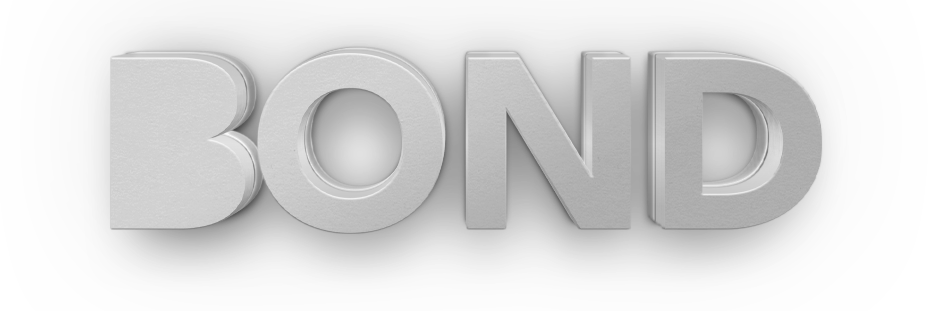Types of paper for printing
UNDERSTANDING TYPES OF PAPER FOR PRINTING
–A USEFUL PAPER GUIDE–
PRINTING ON SENSATIONAL SUBSTRATES
Substrates explained for a stellar printed presentation.
What is a substrate?
A substrate in the print world refers to the medium or ‘paper’ we print on. With emerging technology and digital advancements, we can print on almost anything such as paper, plastic film, glass, PVC, canvas, or other textile products, so using the term paper just doesn’t cut it (pun intended). Let’s take a look at the different types of paper that can enhance your printing possibilities and help you create an outstanding presentation.
BOND, WRITING, TEXT, AND COVER PAPERS FOR PRINTING

BOND PAPER
Bond is one of the more commonly known types of paper found for printing; used for an array of applications. It’s a smooth 20 lb. text weight paper that runs efficiently for inkjet printers, copying, and faxing. Bond also comes in a 24 lb text weight and is often used for flyers, newsletters, letterheads, and everyday printing. Both weights are available not only in white but in a variety of pastel and fluorescent colors.

TYPES OF WRITING PAPER
Writing is a high quality 24lb type of paper that comes in various fine textures and colors with a watermark addition to add distinction. This substrate is often suited for professional documents such as letterheads, thesis papers, resumes, and more. It is made from high-grade bleached wood pulp as well as high-grade cotton fibers for the cotton sheets. Writing paper comes available in textures such as Linen, Laid, Cockle, Smooth, and have become standards for communicating taste and class.

TEXT/COVER PAPER
Text and Cover papers are manufactured identically. The distinction between the two is the basis weight. Text being the lighter, and Cover being the heavier sheet. Both are offered in a variety of colors, textures, and surface finishes for print.
TEXT PAPER
Text papers are generally used for inside pages of books, advertising flyers, brochures, letterhead, direct mail pieces, and communication systems. Standard Text weights are 60, 70, 80, and 100 lb.
COVER PAPER
Cover papers are typically used for brochure and book covers, business cards, invitations, announcements, menus, calendars, pocket folders, brochures. Standard Cover weights are 65, 80, 100, 110, and 130 lb.

COATED PAPER
Gloss coated paper provides a lot of shine, which results in higher contrast and color gamut than other papers. This coating is good for full-color images where the color needs to “pop.” This coating gives a very nice finish and professional look for marketing materials or any other kinds of prints that want to show off the color.
Covered by a mixture of materials gives coated paper a low gloss appearance. Characters of coated paper can include text and cover weights, gloss, smoothness, reduced ink absorbency, and resins to provide water resistance and strength.

KRAFT PAPER
Kraft paper has a natural appearance; its coarse texture, durability, and flexibility provide the best protection as envelopes and packaging. The raw quality will give business cards a look that is simple and appealing.

SECURITY PAPER
Security paper combines features to authenticate a document with watermarks, patterns, or invisible fibers embedded into the substrate to prevent duplication for “security” reasons. Best used for printing documents such as birth certificates, transcripts, and medical prescription pads.
TYPES OF SYNTHETIC SUBSTRATES FOR PRINTING

PRINTABLE PVC VINYL
PVC Vinyl, a pliable, lightweight, plastic material, has a smooth uniform surface that allows for outstanding adhesion and print consistency. Combined with durability and UV protection, this makes this the go-to material for outdoor displays, signage, temporary license plates, etc.

TESLIN SUBSTRATE
Teslin a synthetic waterproof paper that is durable and tear-resistant. An excellent option for menus, ID cards, tags, and door hangers.
This article is a general guide to get started; however, you can add a vast array of accessories like color options, thickness, weight, and finish.
Our print experts are here to help you execute a fascinating project!
Contact us today to see how we can select a substrate to work for you.
*When purchasing a substrate to print on your own, be sure to clarify with the manufacturer the type of paper that will work with your printer. Some of the options here can damage a laser jet printer or copier.

